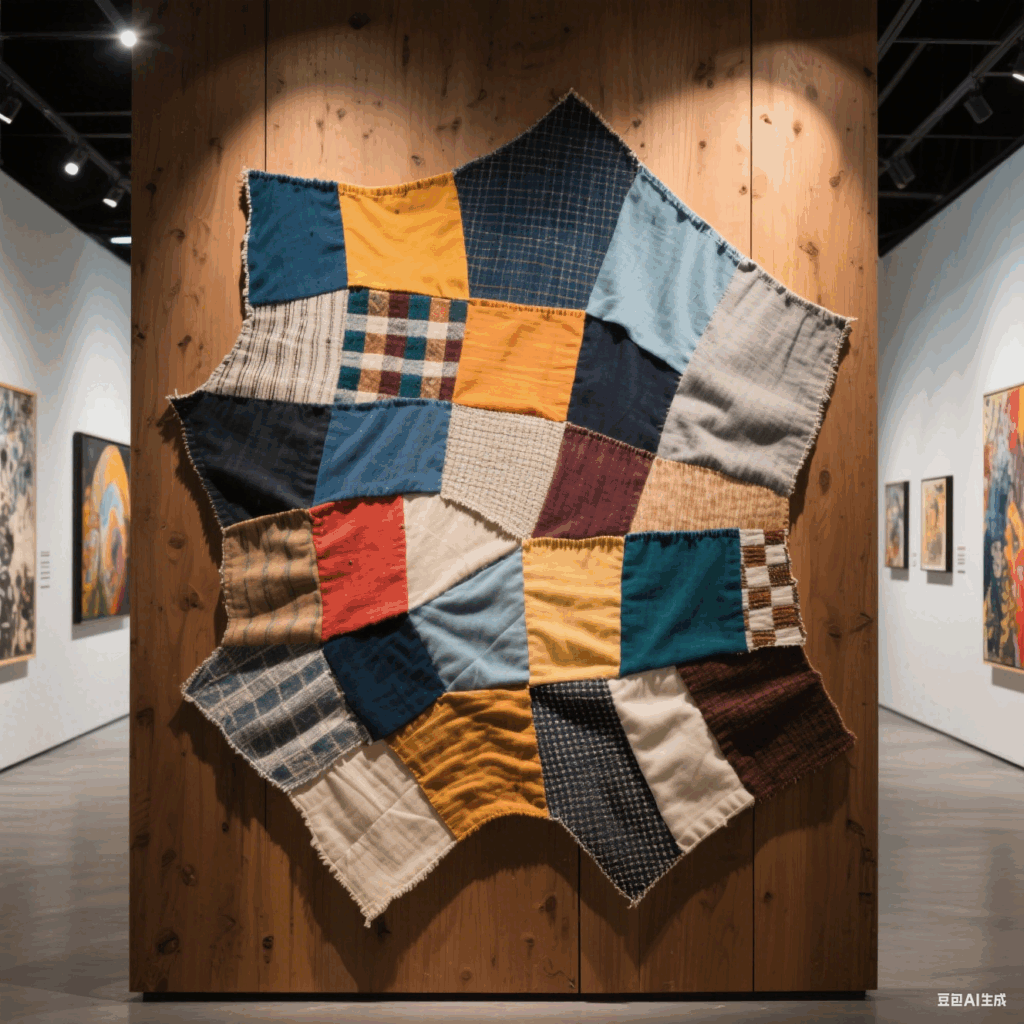If you’re searching for accurate HS codes for fabric when importing from China to the US, you’ve come to the right place. This guide breaks down the essential Harmonized System (HS) classifications, tariff rates, and key factors to help you navigate customs documentation with confidence.
Why Accurate HS Coding Matters for Fabrics
HS codes are critical for:
- Ensuring compliance with US Customs and Border Protection (CBP) regulations
- Calculating import duties and taxes accurately
- Streamlining shipping and logistics processes
- Avoiding delays or penalties due to incorrect classification






Key Fabric HS Codes for China to US Trade
Below are 12 relevant HS codes for fabrics, categorized by material, construction, and weight. Each code includes a detailed description, tariff rate, and effective date:
| HS Code | Product Description | Tariff Rate | Effective Date |
|---|---|---|---|
| 52081120 | Woven fabrics of cotton (85%+ cotton content), ≤200 g/m²: Unbleached, plain weave, ≤100 g/m², Poplin or broadcloth (number 42 or lower). | 62.0% | 2025-05-12 |
| 5208316020 | Woven cotton fabrics (85%+ cotton), ≤200 g/m²: Dyed, plain weave, ≤100 g/m², Poplin or broadcloth (numbers 43-68). | 64.7% | 2025-05-12 |
| 5209110020 | Woven cotton fabrics (85%+ cotton), >200 g/m²: Unbleached, plain weave Poplin or broadcloth. | 61.5% | 2025-05-12 |
| 5209416020 | Woven cotton fabrics (85%+ cotton), >200 g/m²: Yarns of different colors, plain weave, not napped. | 62.5% | 2025-05-12 |
| 5801210000 | Woven pile fabrics (cotton): Uncut weft pile, excluding headings 5802/5806. | 75.2% | 2025-05-12 |
| 5801310000 | Woven pile fabrics (man-made fibers): Uncut weft pile, excluding headings 5802/5806. | 47.2% | 2025-05-12 |
| 5802101000 | Terry toweling (cotton): Unbleached, woven terry fabrics. | 64.8% | 2025-05-12 |
| 5802300030 | Tufted textile fabrics: Cotton and man-made fibers. | 61.2% | 2025-05-12 |
| 6001102000 | Knitted/crocheted pile fabrics (“long pile”): Man-made fibers. | 72.2% | 2025-05-12 |
| 6001920010 | Knitted/crocheted pile fabrics: Man-made fibers, >271 g/m², Velour. | 72.2% | 2025-05-12 |
| 6006100000 | Other knitted/crocheted fabrics: Wool or fine animal hair. | 65.0% | 2025-05-12 |
| 6006909000 | Other knitted/crocheted fabrics: Miscellaneous. | 55.0% | 2025-05-12 |
How to Choose the Right HS Code for Your Fabric
Selecting the correct code requires analyzing:
- Material Composition:
- Natural fibers (cotton, wool, silk) vs. synthetic fibers (polyester, nylon)
- Blended fabrics (e.g., cotton-polyester mixes)
- Example: Cotton fabrics fall under Chapter 52, while man-made fibers use Chapters 54-55.
- Weight per Square Meter:
- Lightweight fabrics (≤200 g/m²) vs. heavyweight fabrics (>200 g/m²)
- Critical for codes like 5208 (≤200 g/m²) and 5209 (>200 g/m²).
- Processing & Weave:
- Bleached vs. dyed vs. unbleached
- Weave type (plain, twill, pile, terry)
- Example: Terry toweling (5802) differs from plain weave cotton (5208).
- End Use:
- Knitted/crocheted fabrics (Chapter 60) vs. woven fabrics (Chapters 50-55)
- Pile fabrics (e.g., velvet, 5801) vs. non-pile materials.
Tariff Breakdown: Understanding Rates for Fabric Imports
Most tariffs listed include:
- Basic tariff: Standard duty applied to goods
- Additional tariffs: Imposed based on trade policies (e.g., Section 301 tariffs)
- Example: Code 52081120’s 62.0% rate includes a 7.0% basic tariff + 25.0% + 30.0% additional tariffs.
For the latest tariff updates, visit the US International Trade Commission (ITC) tariff database.
Common Fabric Types and Their HS Code Classifications
- Cotton Denim: Typically falls under 5209 (heavyweight) or 5208 (lightweight), depending on weight.
- Terry Towels: Classified under 5802 (woven terry) or 6302 (finished towels).
- Polyester Fabric: Check codes like 5407 (woven polyester) or 6001 (knitted polyester pile).
- Woolen Fabrics: Use 6006 (knitted) or 5112 (woven wool).
Tips for HS Code Searchers
- Use long-tail keywords like “cotton fabric HS code for US import” or “terry toweling HS classification.”
- Reference specific details (e.g., “85% cotton fabric HS code,” “200 g/m² fabric tariff rate”).
- For instant code lookup, visit Fiowind’s fabric HS code database for real-time updates.
Avoid Costly Mistakes: Consult an Expert
If unsure about classification, consider:
- Hiring a customs broker or trade consultant
- Using CBP’s Harmonized Tariff Schedule (HTS) online tool
- Contacting the ITC’s Tariff Information Center for guidance.
Conclusion
Accurate HS coding is essential for smooth fabric imports from China to the US. By understanding material composition, weight, and processing, you can select the right code and avoid costly errors. For more detailed product-specific classifications, explore Fiowind’s comprehensive fabric HS code directory or consult a trade expert to ensure compliance.
Stay updated on tariff changes and trade policies to optimize your import strategy!
